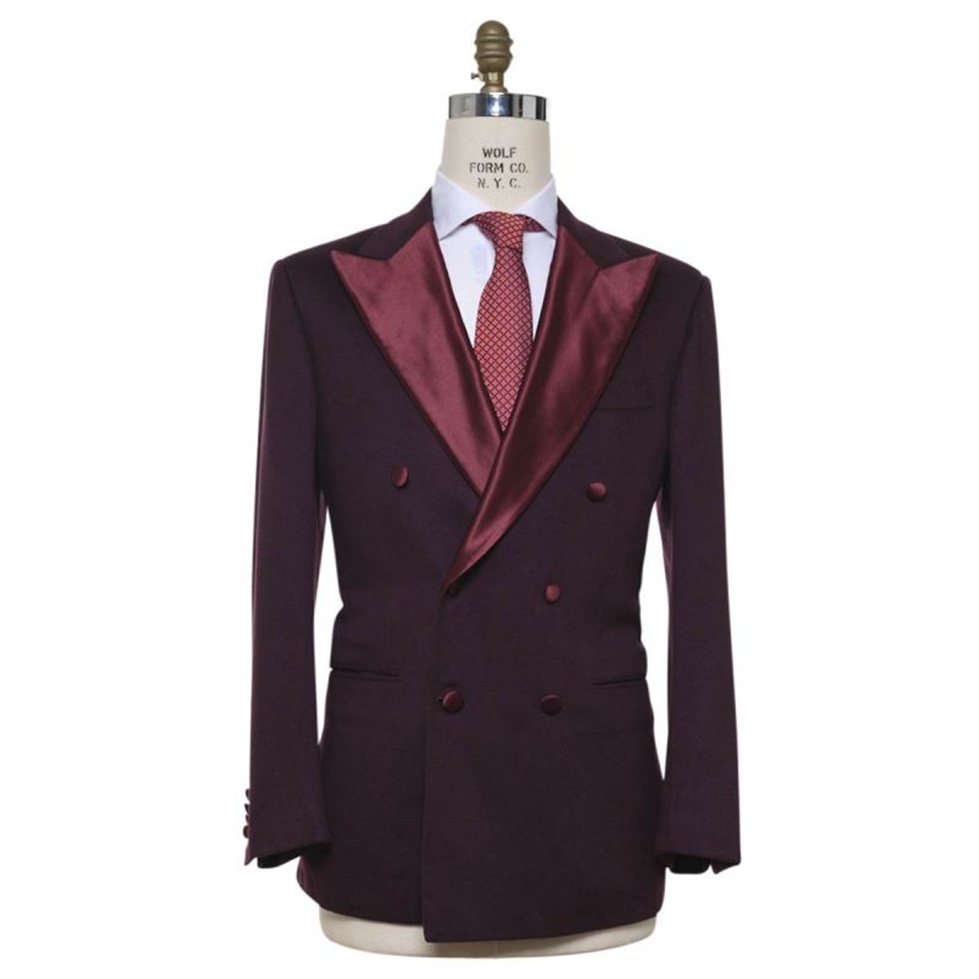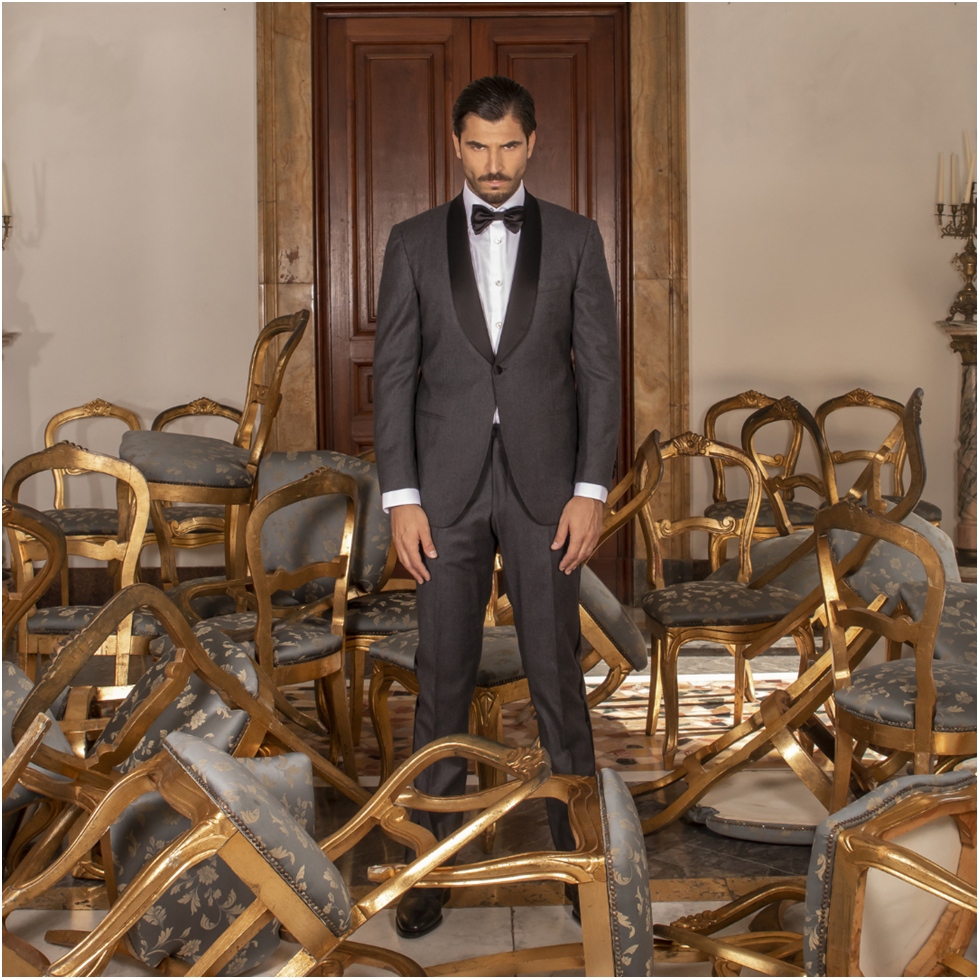The world of fashion is versatile and ever-changing, yet certain sartorial elements remain timeless. When it comes to dress codes, ‘Black Tie’ is one such unwavering classic that’s synonymous with refinement and sophistication. If you are attending an event with a black tie dress code, knowing the nuances can elevate your style and confidence.
Black tie events are not just ordinary events; they are the epitome of elegance and luxury, where every gentleman is expected to dress in the most sophisticated manner. What started in the late 19th century as a semi-formal evening attire for men, today, has become an internationally acknowledged dress code for the most prestigious gatherings.
Table of Contents
Common Black Tie Events
The Black Tie Dress Code has long been associated with a range of formal events, where elegance, sophistication, and respect for tradition are of utmost importance. While not an exhaustive list, the following are some of the most common types of events where black tie is typically necessary:
- Weddings: Black tie weddings are growing increasingly popular, particularly for evening ceremonies. The formal attire enhances the elegance and importance of the occasion, providing a truly unique experience for everyone involved.
- Award Ceremonies: From the Oscars to the Grammys, black tie is the standard for most high-profile award ceremonies. These events are not just about recognizing achievements but are also significant social occasions that celebrate glamor and style.
- Charity Galas and Balls: Charity events, especially those held in the evening, often require black tie attire. The formal dress code mirrors the significance of the event, fostering an atmosphere of respect and generosity.
- Opera and Ballet Openings: Attending an opening night at the opera or ballet? Black tie is often the dress code of choice for these cultural events, adding an extra layer of sophistication and respect for the arts.
- Formal Dinners: Whether it’s a formal corporate dinner, a diplomatic event, or a milestone celebration, black tie can enhance the evening’s grandeur.
- Cocktail Parties: While cocktail parties can range in formality, some may require black tie attire, particularly those held in the evening or more formal settings.
- University and School Balls: Many educational institutions host formal balls, such as proms or graduation ceremonies, where students are expected to adhere to the black tie dress code.
- Holiday Parties: Certain holidays, like New Year’s Eve, may call for black tie attire, particularly when the celebration is a large formal gathering.
Understanding Black Tie Attire
As we dive into the world of black tie attire, let’s first clear up any ambiguities surrounding what exactly it entails. Often, there’s confusion around this dress code, with many misinterpreting it as a black suit and tie. However, that’s far from the reality.
The Classic Ensemble
The quintessential black tie outfit involves a combination of distinct components, each serving a unique purpose. The first is a black tuxedo or smoking jacket, characterized by its satin or grosgrain lapels and a stripe down the leg of the trousers. Accompanied by a pristine white dress shirt, typically with a wing collar and double cuffs, it forms the heart of black tie attire. And of course, as the name suggests, a black bowtie is the crown jewel. Complete the look with a pair of polished black dress shoes and you have the embodiment of sartorial elegance.
The Italian Touch
As you step into a black tie affair, you are not just wearing clothes, you’re wearing a statement. A statement of style, class, and most importantly, personal panache. Italian fashion is revered worldwide for its impeccable craftsmanship, attention to detail, and timeless elegance. This influence bridges the gap between classic dressing and contemporary design.
Fit, the Deciding Factor
The key to mastering black tie attire is fit. No matter how expensive or luxurious your clothing, if it doesn’t fit correctly, it loses its charm. Fit is not an afterthought; it’s an integral part of the design process. Be it a tuxedo or a shirt, every garment should be tailored to the individual wearer, ensuring a perfect fit for every customer.
The Daring Splash of Color
A fine example of a burgundy Vicuna double-breasted smoking jacket from Kiton
While the black tie dress code does advocate a monochromatic color palette, it certainly doesn’t imply that there’s no room for experimentation. Adding color to your ensemble can bring a unique twist to your classic black tie outfit, and what better shade to opt for than the rich, regal burgundy?
Burgundy, with its deep red hue, exudes an air of sophistication and luxury. It is bold, yet not overpowering, making it an excellent choice to complement the classic black-and-white ensemble. Incorporating burgundy can be as subtle or as daring as you want it to be.
Kiton and Cesare Attolini – two of the most famous sartorial tailoring houses in the world – are well known for their daring midnight blue or burgundy tuxedos.
Conclusion
The black-tie dress code is not just about following a set of rules; it’s about expressing one’s personality most elegantly. It’s a celebration of classic sophistication, delivered with a touch of individualism. Embrace the art of dressing, because, at the end of the day, style is a way of life. Invest in quality attire and bring the essence of luxury to your wardrobe.

